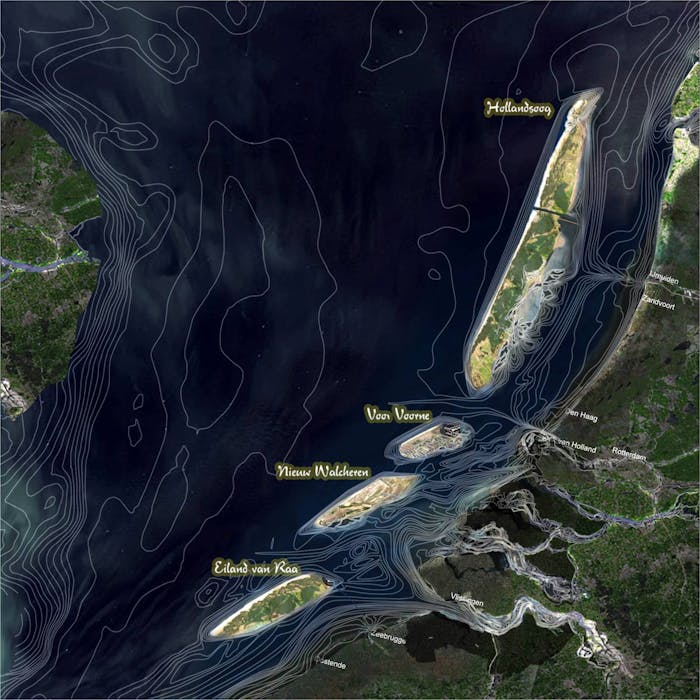West 8 Profile
Founded in 1987, West 8 has offices in New York, The Netherlands and Belgium. With an extensive portfolio of urban master plans and designs, landscape interventions, waterfront projects, parks, squares and gardens, the firm also develops concepts and visions for large-scale planning issues.
Imagining extraordinary new landscapes in the midst of complex contexts has been a hallmark of West 8’s design philosophy from the very beginning. We have learned that every community, every project, and every potential is different, and that design responses must be crafted for the particular character of a place.
West 8 has developed projects all over the world in places such as Copenhagen, London, Moscow, New York, Madrid, Hamburg, Toronto, Amsterdam, Shanghai and Seoul. The office gained international recognition with projects such as Schouwburgplein in Rotterdam (NL), Borneo Sporenburg in Amsterdam (NL), Chiswick Park in London (UK), Expo '02 in Yverdon-les-Bains (CH) and Miami SoundScape (USA). Many of the projects are the result of groundbreaking entries in important international competitions.
Recently-won competitions include West Kowloon Cultural District Park (HK), Governors Island in New York (USA), Madrid Rio (ES), Sagrera Linea Park (ES), and Yongsan Park in Seoul (KR).
Amongst the numerous awards received by West 8 are the Global Award for Sustainable Architecture™, the Honor Award of the American Society of Landscape Architects (ASLA), the International Urban Landscape Gold Award (IULA), the Prix de Rome, the Dutch Maaskant Award, the Bijhouwer Award, the Green Pin, the Veronica Rudge Green Prize for Urban Design and the Lifetime Achievement Award for Architecture of The Mondriaan Fund (previously BKVB, the Netherlands Foundation for Visual Arts, Design and Architecture). West 8 was also finalist for the Rosa Barba First European Landscape Prize.
Today, the design team consists of more than 80 designers, including architects, urban designers, landscape architects, industrial engineers and artists, from eighteen countries on six continents. Their large diversity in age, talents and cultural backgrounds makes the office function as a collective, and has proven to be of inestimable value to remain at the international forefront of design.

 09 Industry, Innovation and Infrastructure
09 Industry, Innovation and Infrastructure
 11 Sustainable Cities and Communities
11 Sustainable Cities and Communities
 13 Climate Action
13 Climate Action